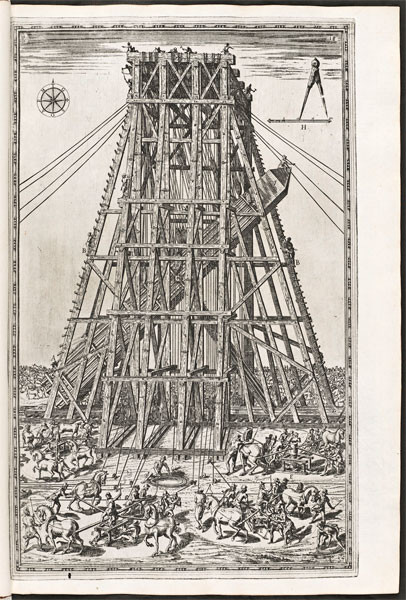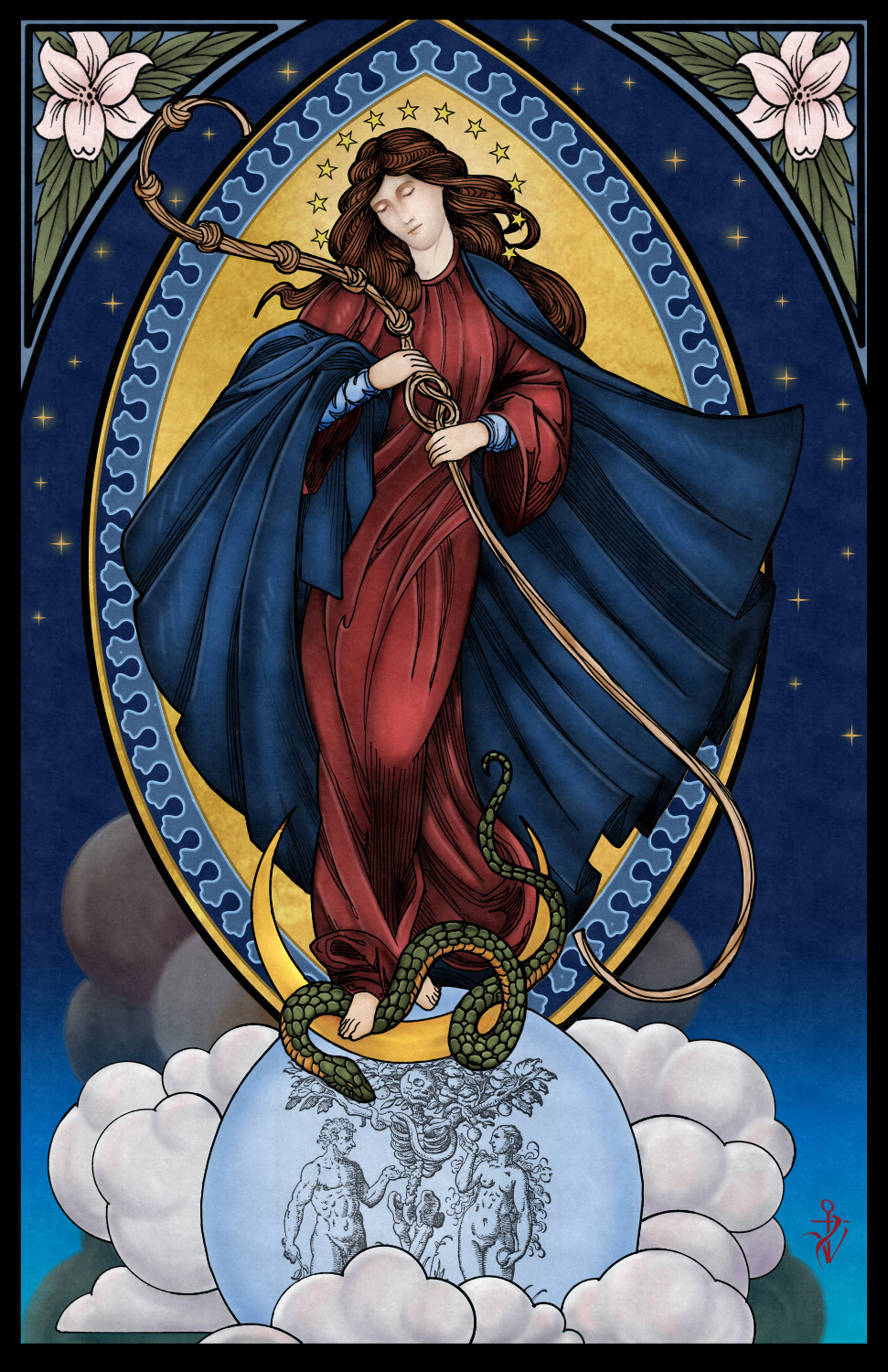"Christ has indeed conquered, and his Kingdom will last forever"

In front of Saint Peter's Basilica in Rome, in the middle of the great square, there is a unique witness to four thousand years of human history.
Four huge bronze lions, their tails intertwined, support a large square base, on the base is an Egyptian obelisk that dates back to 1850 B.C. Originally it was erected as a monument to Pharaoh Mencares and stood sentinel over 2000 years of the Egyptian empire. It was already there when Abraham was called out of the land of Ur. It was there when Joseph was viceroy of Egypt and when Moses led his people to freedom.
During the time of Christ, the Roman Emperor Caligula brought it to Rome as a sign of Rome's power over Egypt. For another 400 years it served as a symbol of the power of the Roman Empire, one of the largest in all of human history, lasting 1000 years. At one point a golden urn said to contain the ashes of Julius Caesar was placed on top of it. It stood in Caligula's circus when Saint Peter was crucified and where hundreds of other Christians were martyred in the centuries of the Great Persecution.
Then in A.D. 476, Rome fell to the Goths. The city was sacked and the obelisk was toppled. It lay half buried for centuries while ivy grew around it.
As the Christian empire grew, the barbarians were converted. While rebuilding St. Peter's Basilica, on the site of the ancient circus, the obelisk was found. Pope Sixtus V commissioned an architect to move it to its present location. The monumental effort required nearly 1000 men, 140 horses, 40 cranes, and four months of labor. It was raised in the center of the square fronting the basilica and consecrated and blessed on September 26, 1586.
It is no longer a symbol of long vanished empires. It now stands as a symbol of the universal kingdom that has outlasted them all, the Kingdom of Jesus Christ, embodied In His Church. It is now topped by a bronze cross which contains a fragment of the true cross of Christ, representing the throne of the eternal King.
On the base of the obelisk are two inscriptions. The side that faces outward to the world reads (in Latin) “Behold the cross of the Lord, let His enemies flee, the lion of the Tribe of Judah has conquered.” The inscription that faces the Basilica reads “Christ conquers, Christ rules, Christ reigns.”
Christ has indeed conquered, and his Kingdom will last forever. Despite the upheavals in the world, despite the attacks on the Church, even despite the failings of our own sinful nature, the Church founded by Jesus Christ endures.
For two thousand years the Catholic Church has continued to grow and spread to every culture and corner of the world. It has gone through periods of great trials and persecution. But through all of this it has kept its faith, sacraments, and structure intact.
Let us remain joyful.
Pax vobiscum
3rd Suday in Advent
Lawrence Klimecki, MSA, is a deacon in the Diocese of Sacramento. He is a public speaker, writer, and artist, reflecting on the intersection of art and faith and the spiritual “hero’s journey” that is part of every person’s life. He maintains a blog at www.DeaconLawrence.org and can be reached at Lawrence@deaconlawrence.com





